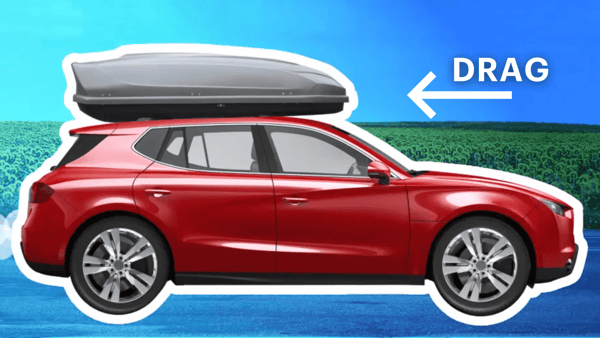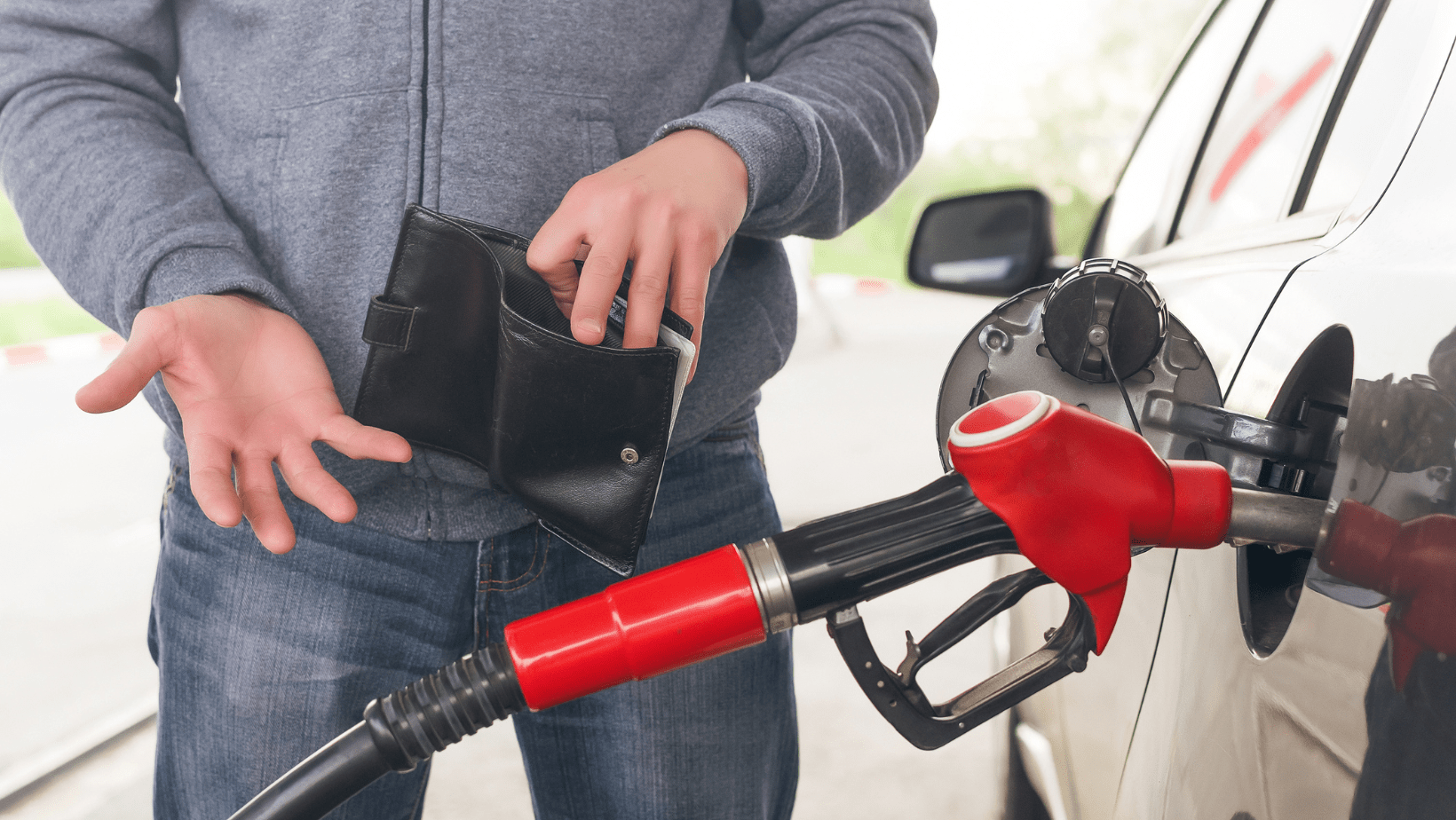This summer, in addition to the temperature, there’s one more thing that’s rising–fuel prices. And with rising fuel prices comes the pain of making compromises.
In a recent survey conducted by CAA South Central Ontario (CAA SCO), it was found that the rising fuel price has a direct impact on the road trip plans that people make.
Of the total people surveyed in the province, 64% of those planning a road trip said that the rising fuel prices would likely impact their plans in some way or form.
While some mentioned that they would either limit the number of trips they take or just drive shorter distances, others suggested they would adjust their budget to accommodate the rising cost.
But what if we told you that there are a few ways that you can save hundreds of dollars at the pump, lengthen the life of your vehicle, and help save the environment at the same time?
Here are 8 effective driving tips for you to save money this summer.
1. Decrease the drag
You must have heard the word ‘drag’ quite often when it comes to talking in the context of driving cars.
Drag is a type of aerodynamic force that is exerted against a vehicle as it moves forward. So, effectively, it’s a force that creates air friction by trying to push your vehicle backward.

In simple terms, the more drag a vehicle faces, the more fuel it consumes. Things like roof boxes and bike racks tend to create more drag, which in turn could lead to increased fuel consumption.
It is recommended that you remove the roof box and bike racks from your vehicle when they’re not in use. This will help decrease the drag and consequently improve fuel efficiency.
Another way to decrease that air friction is to lighten the load on your vehicle. This can be done by removing any unnecessary items from the trunk of your car.
2. Avoid speeding
We’ve all heard the famous saying, “speed thrills, but kills.” Which is why it’s always necessary to drive within the mentioned speed limit and ensure that you follow all safety protocols.
But there’s another disadvantage of speeding. As you increase the speed, more power is needed to push your car through the air. Due to this, your vehicle tends to consume more fuel than necessary.
Driving at lower speeds can greatly reduce fuel consumption. When you’re on the highway, you can also use cruise control which can help maintain a constant speed and ultimately help you save on gas.
However, you must always be careful while using cruise control as it could be dangerous during wet or icy conditions. Consult your owner’s manual for safety instructions on the use of cruise control.
3. Don’t idle
Idling refers to when a vehicle’s engine is left running when it is not in motion. It’s quite common to let your vehicle idle, especially if you’re waiting for someone, are in line for fuel, or are driving in traffic.
But did you know that you can waste 1 litre of gas every 20 minutes that your vehicle is idling? If you are stopping for 60 seconds or more, turn off the engine to save more on fuel.
There can be instances, however, when it’s not possible to turn off your engine. For example, if you’re driving in heavy traffic, it’s surely not possible to keep turning your car on and off every 60 seconds.
But in most other situations, idling is not necessary and can be avoided, especially considering how harmful it can be to the environment and cost you a great deal of money.
4. Combine trips
Vehicles are more fuel-efficient when they are warmed up. Several short trips with a cold engine can use twice as much gas as compared to one longer trip.
When possible, plan your route to combine multiple visits and/or errands into one trip.
5. Maintain your vehicle
Maintaining your vehicle helps to ensure the safety of the driver and the passengers. Regular vehicle maintenance is also key when it comes to saving money on fuel.
According to a report from the US Department of Energy, “fixing a car that is noticeably out of tune or has failed an emissions test can improve its gas mileage by an average of 4%.”
The report further states that if you fix a “serious maintenance problem” like a faulty oxygen sensor, it can improve your mileage by as much as 40%.
Another common issue that most drivers fail to recognize is underinflated tires. Driving your car with underinflated tires can increase fuel consumption by up to 4%.
It’s important to regularly maintain your car as that can help it run more efficiently.
6. Accelerate gently
A “jackrabbit” start is defined as getting your vehicle moving forward with a rapid, sudden movement.
This doesn’t necessarily have to be after being stationary. It could also be when you’re overtaking a slower vehicle or are trying to speed up while climbing a ramp.
According to one study referenced by Natural Resources Canada, frequent jackrabbit starts, and hard braking, might help you reduce travel time by 4%, but they also increase fuel consumption by 39%.
It is recommended that whenever you accelerate your vehicle, you do so gently and take at least five seconds before you start gaining speed.
7. Coast to decelerate
Constant or sudden braking always goes together with jackrabbit starts. As mentioned above, doing so might help you reduce your travel time, but it increases your fuel consumption drastically.
Instead of hard braking at the last minute to slow down, it is recommended that you look ahead at how traffic is behaving and coast to decelerate by taking your foot off the accelerator.
You can often see well in advance when it’s time to slow down and doing so helps you conserve fuel and save money.
8. Shell more, save more
Another way for motorists to save at the pump is to take advantage of any discounts on fuel.
While you always have the option to shop around a city or province for fuel stations that offer lower fuel prices, an easier way is to sign up for a program that offers you discounts almost everywhere.
One such program is CAA’s partnership with Shell. Using your CAA membership, you can now save 3¢/L every time you fuel up at a participating Shell station (conditions apply).


-1.jpg?width=600&name=Summer%20Campaign%20Banner-1260X440-Option%202%20(1)-1.jpg)